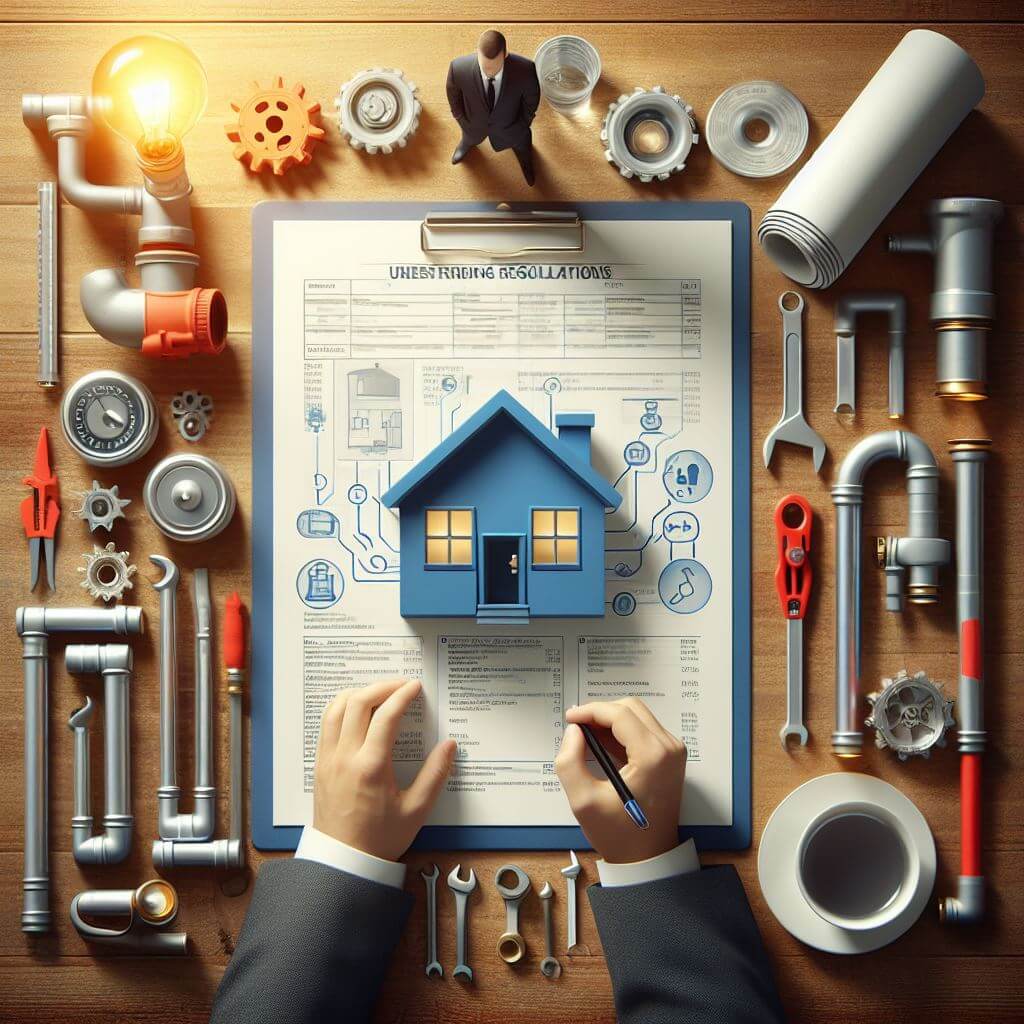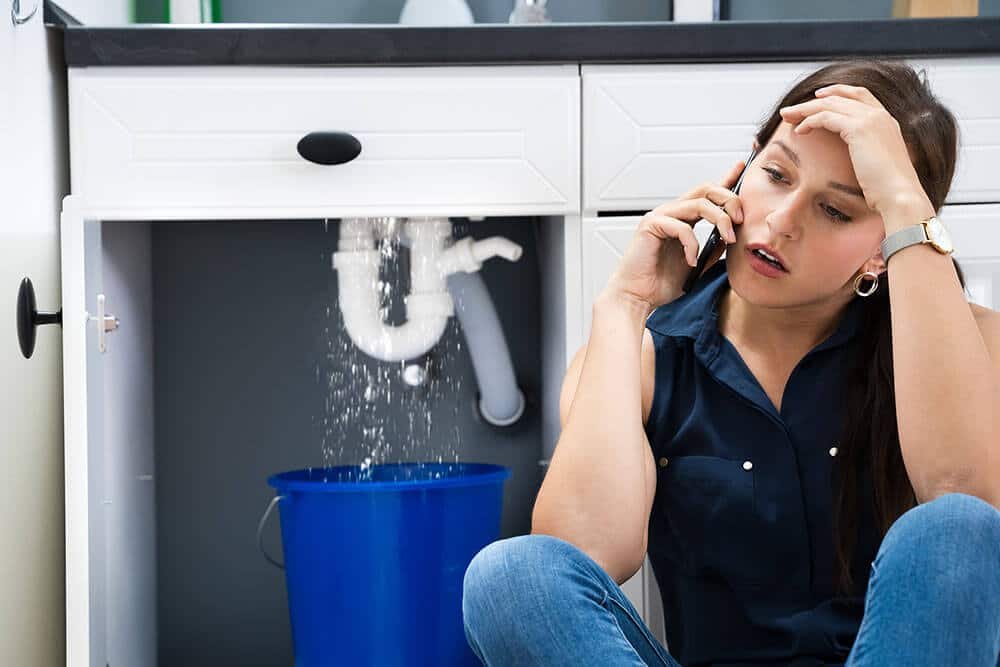How do you really feel when it comes to What to Know About Plumbing: Basics, Tips, and Insights?

Plumbing is an important aspect of any type of home, in charge of providing tidy water for alcohol consumption, cooking, and bathing, along with eliminating wastewater safely. Comprehending the fundamentals of home plumbing is crucial for every single home owner to make certain appropriate maintenance, troubleshooting, and, if necessary, repairs. In this newbie's guide, we'll cover the fundamental concepts of home plumbing to assist you become extra familiar with just how it works.
Water Furnace
The water heating unit is responsible for home heating water for residential use, including bathing, food preparation, and cleaning. Usual types of hot water heater include tank-type water heaters, tankless (on-demand) hot water heater, and heat pump hot water heater. The hot water heater is linked to the water system system and delivers warm water to plumbing fixtures as needed.
Water drainage System
The drain system eliminates wastewater from your home and lugs it away to a sewage therapy center or septic system. It includes a network of pipelines, fittings, and fixtures that transfer wastewater from plumbing components to the primary drain line or septic system. Correct water drainage is necessary to stop blockages, back-ups, and sewage leakages.
Air flow System
The ventilation system assists preserve proper atmospheric pressure and avoid drain gases from entering your home. Air vent pipelines, also referred to as air vent heaps, expand from plumbing fixtures to the roofing, permitting drain gases to run away safely outdoors. Ventilation pipelines also permit air to get in the drain system, facilitating smooth wastewater circulation and protecting against suction or vacuum effects.
Supply Of Water System
The water supply system brings clean water right into your home from a municipal water source or a private well. It includes a main water line that attaches to your home's plumbing system, typically located underground. A water meter measures the quantity of water consumed, while a shut-off shutoff permits you to control the circulation of water right into your home.
Plumbing Fixtures
Plumbing fixtures are devices that deliver water to various parts of your home and consist of sinks, taps, commodes, showers, bathtubs, and home appliances such as dishwashers and washing devices. Each component is linked to the supply of water system through pipes and fittings and might have its shut-off shutoff for maintenance or emergencies.
Common Plumbing Devices
Having the right devices available is crucial for executing basic plumbing repair work and upkeep jobs. Usual plumbing devices include adjustable wrenches, pipe wrenches, pliers, pipeline cutters, hacksaws, plungers, augers (or drain serpents), and Teflon tape. Having these tools conveniently offered can assist you take on small plumbing problems efficiently.
Basic Plumbing Repair Work
While some plumbing repair work may require professional assistance, lots of common issues can be resolved with fundamental DIY strategies. Knowing how to repair a leaking faucet, unblock a drainpipe, replace a bathroom flapper, or repair a leaking showerhead can conserve you money and time on plumbing repair work.
Verdict
Comprehending the fundamentals of home plumbing is essential for every homeowner to maintain a safe, functional, and efficient plumbing system. By acquainting on your own with the water supply system, plumbing fixtures, drain system, ventilation system, common plumbing tools, and basic repair services, you can confidently address small plumbing issues and ensure your home's plumbing system runs efficiently.
Understanding Basics of Home Plumbing System: A Beginner's Guide
The Main Components of Your Home Plumbing System
The Water Supply System
This system is responsible for transporting fresh water into your home. It usually has a main water line that splits into two branches: one directed towards cold water services and the other connected to a water heater for hot water. The pressure is key here; it ensures water reaches all parts of your house.
The Drainage System
Once water has been used, it becomes wastewater that needs to be removed from your home. This is where the drainage system comes into play. It includes all the pipes that carry wastewater and sewage away from your house to sewage treatment facilities or septic tanks.
The Vent System
The vent system prevents sewer gases from entering your home and helps maintain the pressure balance that allows wastewater to flow out properly. These vents usually exit through the roof of your house.
Water Heating System
For those who enjoy hot showers or using hot water for cleaning, the water heater is a crucial part of the plumbing system. It can be a tankless system, which heats water on demand, or a traditional water tank model.
Common Plumbing Problems and Basic Troubleshooting
Plumbing systems, while designed to be durable, can face issues like clogged drains, leaky faucets, or low water pressure. Here are some basic troubleshooting tips:
Clogged Drains
Use a plunger or a plumber's snake to try and dislodge whatever is blocking the drain. Regular cleaning can prevent clogs.
Leaky Faucets
Often caused by worn-out washers or gaskets, these can usually be replaced by someone with basic DIY skills.
Low Water Pressure
This might be due to sediment build-up in your fixtures or a leak somewhere in your water line. Cleaning out aerators or seeking a professional to detect leaks might be necessary.
Preventive Maintenance Tips
Maintaining your plumbing system is key to avoiding emergencies. Regularly check for leaks, avoid disposing of grease down the sink, and have your system inspected by a professional plumber at least once a year.

I discovered that piece on when perusing the internet. Appreciated our article? Please quickly share it. Let somebody else find it. We love reading our article about Plumbing basics: How your home plumbing works.
Website